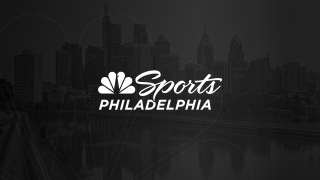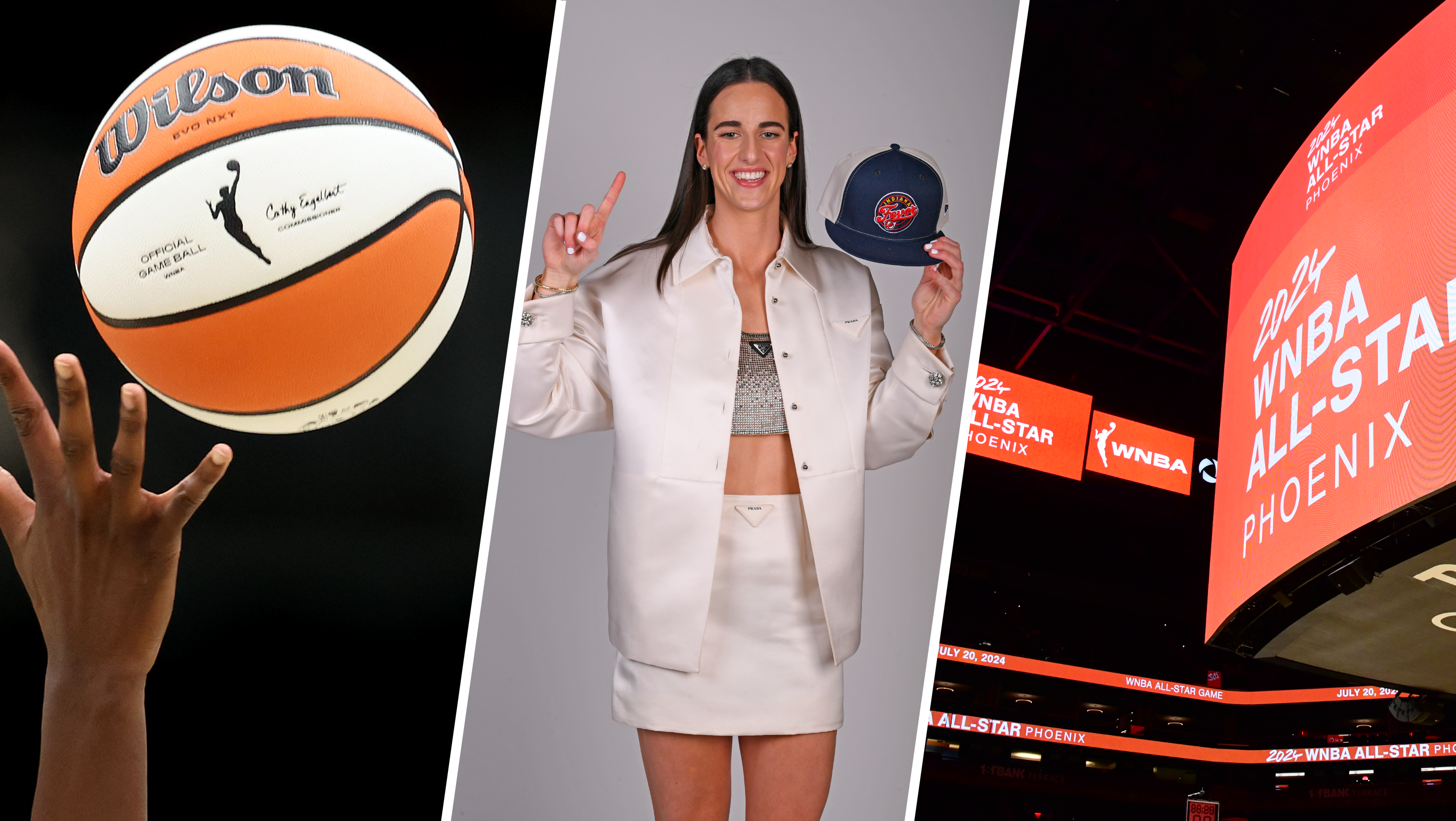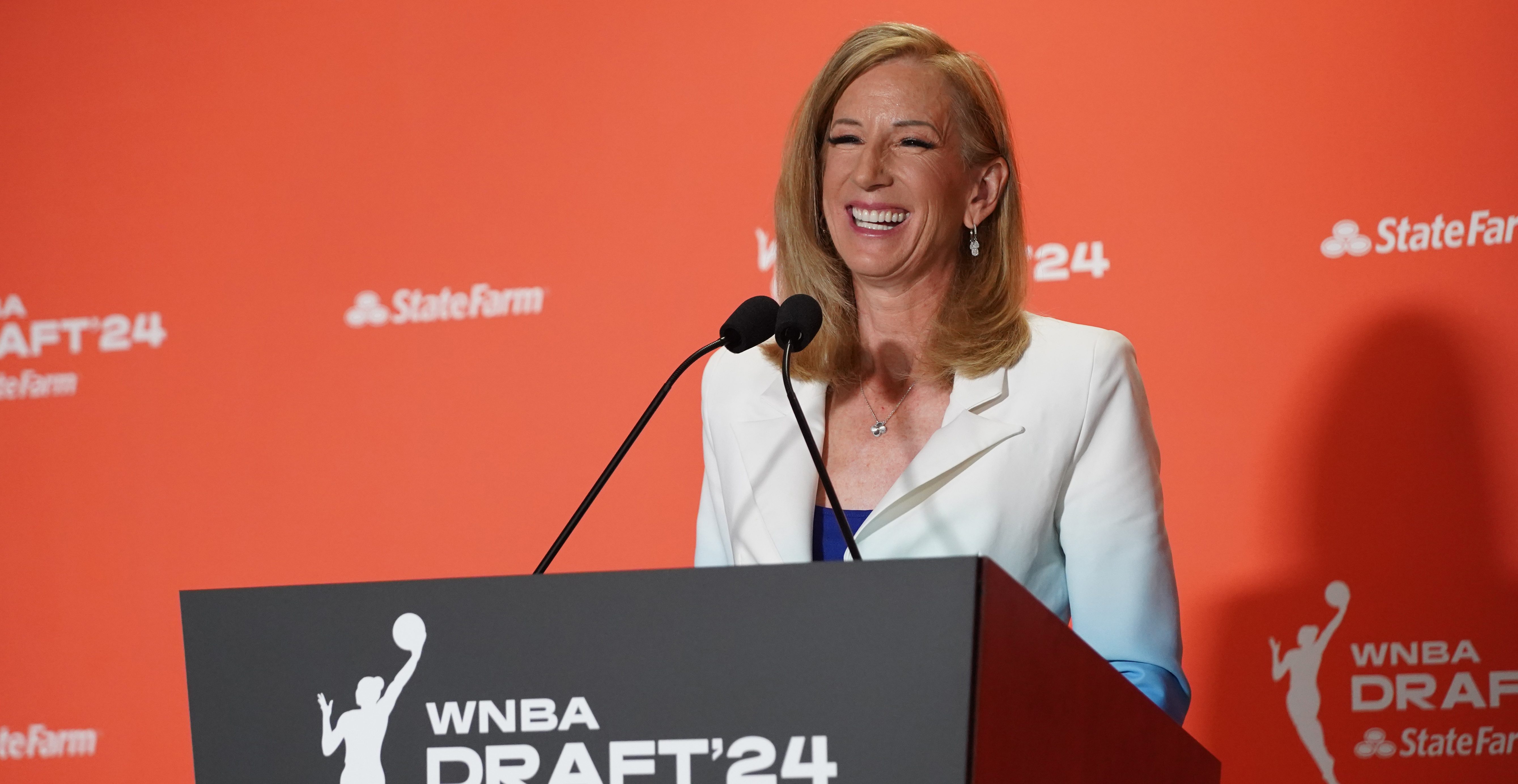
This generation’s best big man has made it known: He wants out.
Anthony Davis, who can be a free agent in 2020, informed the New Orleans Pelicans he will not sign an extension this summer and would like to be traded. Davis is eligible for a five-year, $240 million supermax extension this summer, but he has indicated, through his agent Rich Paul, that he’s not interested.
This was not a total surprise. As I detailed earlier this month, the Pelicans have a 240-302 (.443) record in the Brow era, which, amazingly, is a smidge worse than Charlotte -- the franchise that lost out on Davis following a 7-59 season and drafted Michael Kidd-Gilchrist instead. The Pelicans have struggled to outfit Davis with a worthy supporting cast, and here we are.
The ten-day countdown to the Feb. 7 trade deadline has begun with fireworks. You can bet that every trade discussion from here on out will begin with a Davis update.
But here are three reasons why Davis will likely stay in New Orleans until this summer.
1. Boston Celtics can’t really play ball until July 1
On paper, the Celtics are the most logical Davis destination. Jayson Tatum still can’t legally order an adult beverage. Jaylen Brown, as a 21-year-old, averaged 19.7 points per game in last year’s Eastern Conference finals while often guarding LeBron James. Boston could have three, possibly four, first-round picks in the upcoming draft. Marcus Smart’s contract, with an average salary of $13 million through 2021-22, when combined with Tatum and Brown’s deals, magically adds up to roughly Davis’ salary. (This was not by accident).
News
So when news broke on Monday morning, Celtics president Danny Ainge called up the Pelicans and offered the godfather deal, right?
There’s one problem to that plan: By rule, the Celtics can’t acquire Davis to play with Kyrie Irving … until this summer. That’s because of a collective bargaining agreement quirk that does not allow teams to have multiple designated veteran players on the roster that were acquired via trade (scroll to Question 24 on Larry Coon’s indispensable cbafaq.com to learn more). Kyrie Irving is one, from the Cleveland deal. Davis would be the other.
That doesn’t mean Irving and Davis can’t play with each other; it just means that it can’t happen at this trade deadline. The good news for Boston is that Irving could forgo his player option and become a free agent on July 1 and sign a long-term contract with Boston. That would mean he wasn’t “acquired via trade” anymore, which would open the door for the Celtics to trade for Davis.
Of course, Ainge could just put Irving into a deal for Davis and be done with it. Though it’s an unlikely scenario, don’t put it past Ainge. This is the same executive who traded Isaiah Thomas at peak cult-hero status in Boston. Irving needed multiple surgeries in his right knee last season to clear up complications resulting from a fractured knee cap suffered in the 2015 Finals. Could that scare the Celtics out of making him a franchise pillar?
Probably not. The expectation around the league is that the Celtics will wait until this summer before jumping into the Davis sweepstakes. While the Celtics have the most to offer, it’s not a given that they’d win the Brow sweepstakes. Many still believe that the Lakers are the ultimate destination.
“Ainge will do what he can, but I don’t think AD wants to be there,” said one Eastern Conference executive.
Maybe that’s wishful thinking from a decision-maker that would have to face Davis more if he’s dealt to his conference. But it is interesting that the trade wish didn’t come with more demands.
Davis’ agent reportedly told New York Times’ Marc Stein that Davis hasn’t made a preferred destination list. That being said, the sentiment around the league is that the Lakers are the endgame. Davis’ agent also represents LeBron James, and the chance to play with him while in the L.A. market might give Davis the best chance to make up the forgone supermax money from New Orleans.
There’s just one issue with that idea.
2. The potential Lakers package has gotten worse
Let’s be clear: No one wants to see anybody get injured. But Boston’s chances of landing AD this summer were indirectly boosted by Lonzo Ball’s Grade-3 ankle sprain suffered last week. The recovery time of four to six weeks will sideline the 2017 No. 2 overall pick through the trade deadline, undoubtedly making things a little more difficult in potential trade talks.
When James signed with the Lakers this past summer, Ball was seen as a crown jewel in a potential Davis deal. But two weeks after James made his commitment, Ball needed arthroscopic surgery to remove part of his meniscus in his problematic left knee. Despite that surgery, Lakers president Magic Johnson saw big things for Ball, telling reporters at a preseason press conference that the point guard was “going to be ready to have a breakout season.”
That hasn’t exactly happened. Ball’s free-throw stroke is broken and his output has been wildly inconsistent this season. Then he got hurt. The truth is that the left leg has been giving him issues all season. He turned his ankle at an early November practice and then needed X-Rays on it a few weeks later after turning it again in a loss against the Nuggets. In late December, he had to leave a game because his left calf muscle was cramping up. And then, the Grade-3 ankle sprain.
If Pelicans GM Dell Demps and the team’s brass love Ball’s game enough, the mounting injuries to Ball may not matter. I’m still a big fan of Lonzo’s skills, but the leg issues have become more of a concern than his shot.
Ball’s spell of injuries is just one of the several misfortunes that have soured Lakers’ potential AD package. Brandon Ingram’s shot has badly regressed in Year 3. Josh Hart is a solid role player but has distinct limitations; he has scored double-digits in just one of his last nine games. Kyle Kuzma has had a nice season, but he’s shooting 28 percent on 7.3 3-point attempts per game since James went down. Kentavious Caldwell-Pope turns 26 years old in a month.
Look, PER isn’t the end-all, be-all by any stretch of the imagination. But it can’t be a good sign that none of Kuzma, Ball, Ingram and Hart have a PER north of 15, the metric’s benchmark for league average. Kuzma is exactly league average (15.0). This season, there are 22 players in their age-23 season or younger with at least 1,000 minutes played that are more productive by that measure (former Lakers first-round pick D’Angelo Russell, at 18.8, is one of them). Denver has three such youngsters, per Basketball Reference.
If you don’t like PER (it does have its warts), the other metrics paint a darker picture of the Lakers’ supporting cast. LeBron is the only Laker in the top 75 in ESPN’s RPM. JaVale McGee is the only non-LeBron Laker to rank top-100 in win shares. Ingram checks in at 418th in RPM, 363rd in win shares per minute and 350th in box plus-minus. Ingram is better than that, but it has to be alarming that a 6-foot-9 shooter has made 21 3s all season.
With Ingram and Ball having down years, who’s the Lakers’ most valuable youngster in 2019? If it’s Kuzma by default, then that’s a bad look for the Lakers, who drafted No. 2 overall for three out of the last four drafts. You know which players were No. 3 in the last two drafts? Jayson Tatum and Jaylen Brown. In an alternate universe, the Lakers could already have Davis by now with Tatum and Brown starting next to Jrue Holiday in New Orleans. The Pelicans could wait and make that Holiday-Tatum-Brown dream a reality but send Davis to Boston instead. Funny how that works.
Front offices across the NBA are waiting for the “preferred trade destination” news to break, which for many seems like an inevitability at this point. Kawhi Leonard, Paul George and Jimmy Butler all went this route.
Depending on who you ask, LeBron’s presence in L.A. is either the draw or the deal-breaker. Some executives point to Davis’ quiet personality as a reason he’d prefer playing sidekick to LeBron and letting the King take the spotlight. Some point to that very thing -- Davis’ reserved temperament -- as the reason why he’d hate Los Angeles and the LeLakers.
That Davis hasn’t made his preferences be known is telling. It’s also added a layer of uncertainty on top of an already cloudy situation. But there’s one variable that could shift the entire equation.
3. Zion Williamson
Most AD watchers have Feb. 7 circled on their calendars because it’s trade deadline day, but May 14 may be just as important. That’s the night of the draft lottery when the NBA finds out who will win the chance to draft Duke’s Zion Williamson, who is currently averaging 25 points per game in conference play on -- this is not a typo -- 70.4 percent shooting.
Right now, there’s too much uncertainty at the bottom of the NBA standings to accurately gauge how much a trade package is worth. Let’s say the Bulls feel good about convincing Anthony Davis to sign longterm in his hometown of Chicago (whether they should feel optimistic is a story for another day). The Bulls could call up Demps this week and put Lauri Markkanen, Wendell Carter and its 2019 first-round draft pick on the table --- that’s a really nice return for the Pelicans.
But four months from now, that pick could fall to No. 4, a devastating blow in a top-heavy draft. If the Bulls win the draft lottery, they jump to the front of the line in the Davis sweepstakes. At the very least, the market will be much, much clearer come May 14; figuring out what an unprotected pick is worth today is like shooting darts in the dark.
Remember, if the Kings -- who have lost four of their last six games -- continue to slide and “win” the draft lottery, the pick goes to Philadelphia because of the pick protections in the Markelle Fultz trade (Philadelphia traded the Kings’ 2019 first-round pick to Boston in order to move up and draft Fultz, but added a top-one protection). Philadelphia doesn’t appear to be a major player for Davis now, but that could change at the drop of a ping-pong ball.
Chicago is a fascinating destination because they have young pieces, a top pick and the hometown element. That package is not something that the other basement-dwellers can match. Because of the new draft lottery rules, the worst five teams -- currently Cleveland, New York, Phoenix, Chicago and Atlanta -- have anywhere between 14- and 10.5-percent odds. Those percentages will likely pose far too much risk for the Pelicans to make a deal at the deadline.
You think the market for Davis is crazy now? Once those picks become known, the trade winds will blow even louder.


